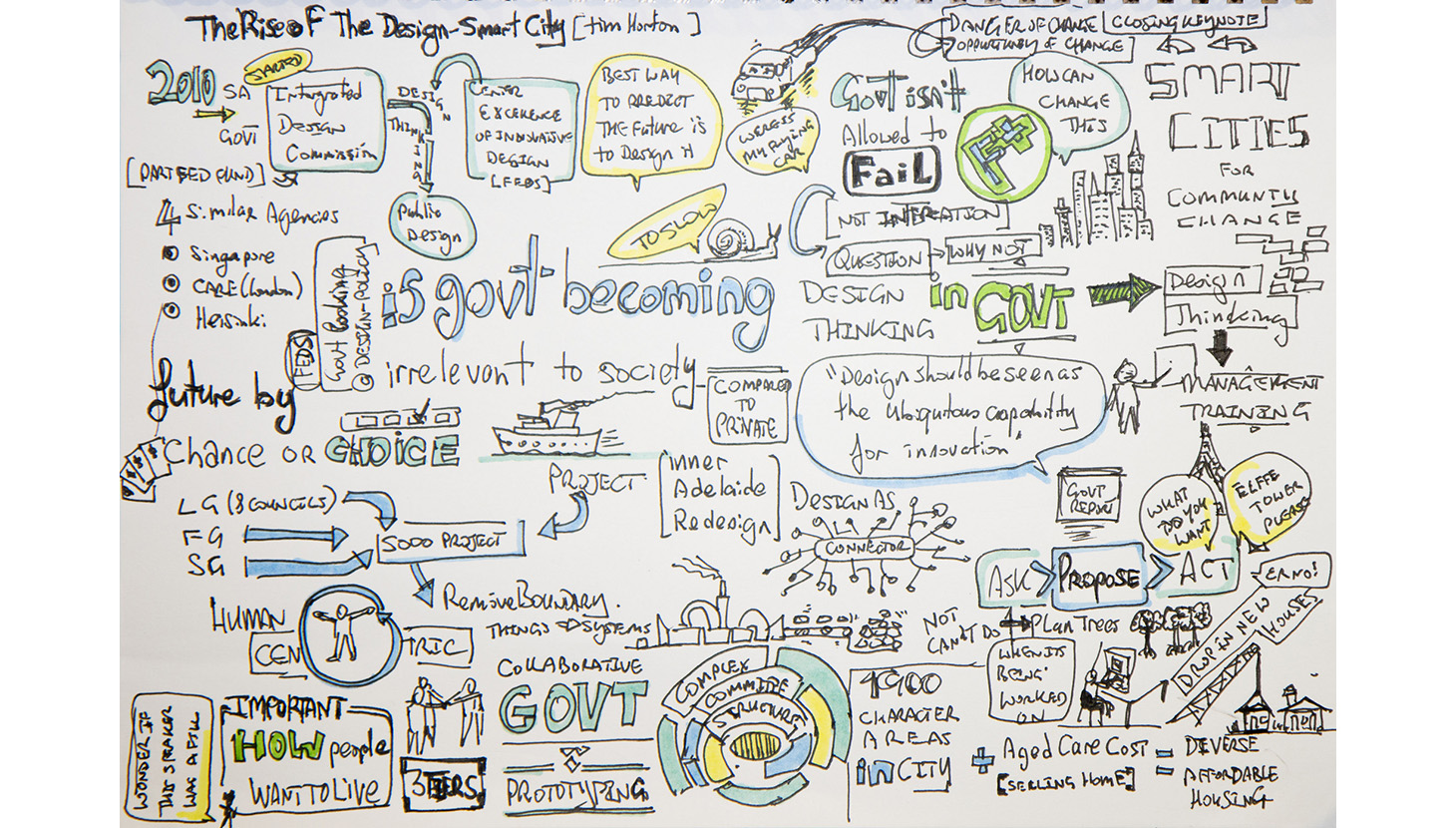Words by John Bingham-Hall, PhD candidate at Bartlett UCL, on directions in research on placemaking and technology.
When talking about good places it is no longer enough to take into account the two dimensions of the physical – streetscaping, architecture, configuration and public art; and the social – diversity, conviviality, identity and so on. There is now within the discourse of urbanism a prevailing desire to take account of something usually called the digital, the smart, the technological. So what does this really mean?
These kinds of terms are often interchangeable but in practice relate to very different realities with distinct ramifications for the lived experience of those using places. The smart city sounds like an attractive prospect to us all yet this relatively young buzz word is usually employed to describe a process far removed from the daily reality of city life: the monitoring of city-wide phenomena such as traffic flows, energy demand and climate that are imperceptible to the individual. Unless researchers can develop ways for end users – the everyman on the street – to produce and engage with this information in a valuable way via accessible technologies such as basic smartphone apps then it will have little impact on the urban lifeworld.
We often hear about the digital city, with a layer of information superimposed onto the physical fabric of space into which, using mobile internet devices, we can tap to augment our experience. Some feel this severs us from meaningful connection with the world around us, others see exciting possibilities for deeper involvement. But in order to analyse the impact of ubiquitous information for individuals and communities, research needs to establish more detailed understandings of the kinds of local information available online, who it is produced by and how accessible it is to those with differing levels of technological ability. Furthermore, we need a more specific language that goes beyond the ‘digital’ buzzwords and distinguishes more critically between the urban potentialities for mobile social media, embedded technologies, mobile telephony and digitised service provision and so on.
Technology is making for an exciting but crucial time for cities and in order to make the most of what’s on offer Young Urbanists should take up the mantle in their research and practice.
